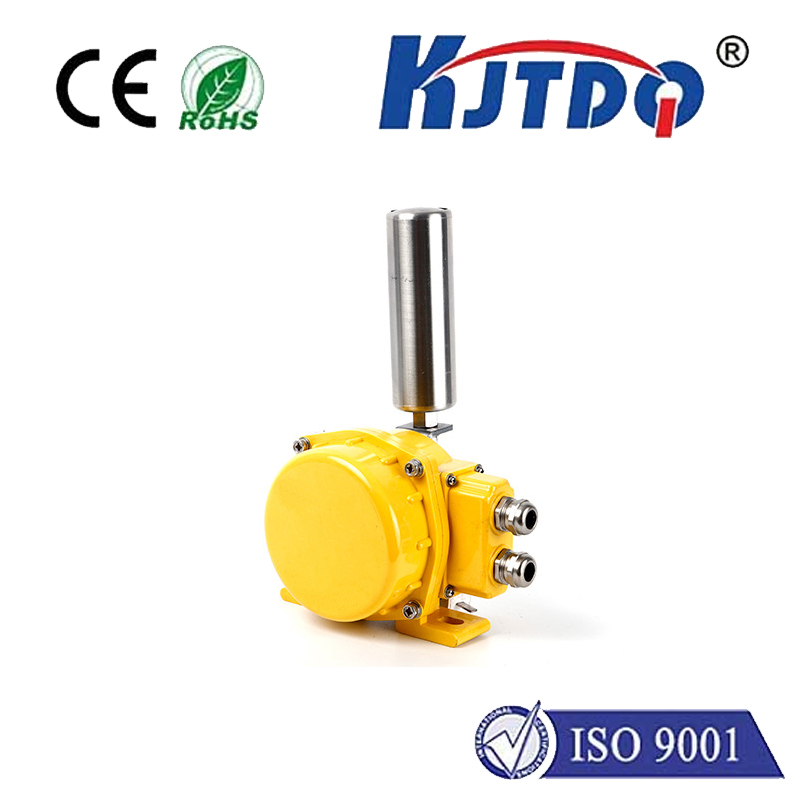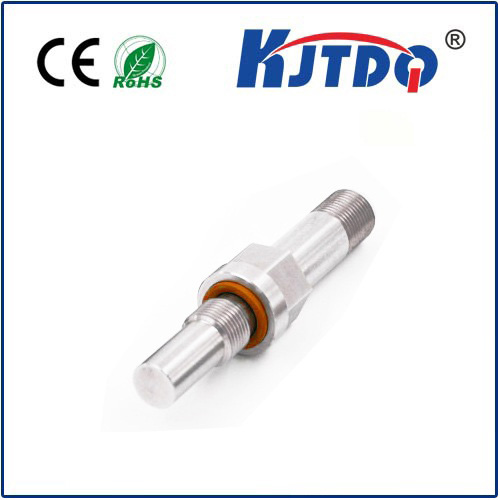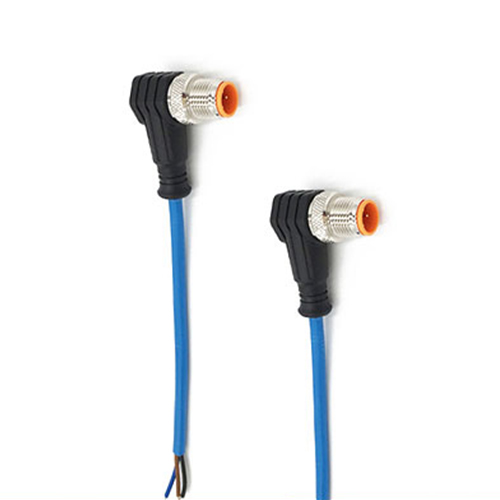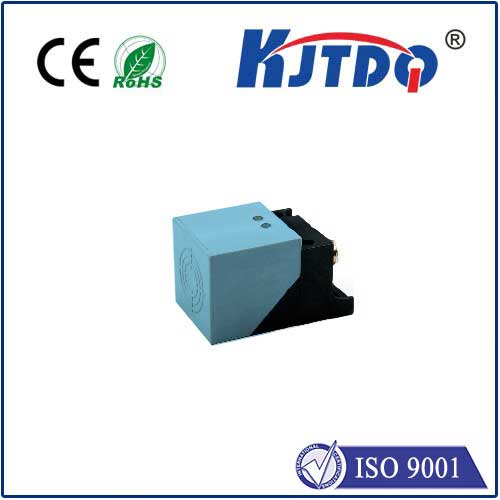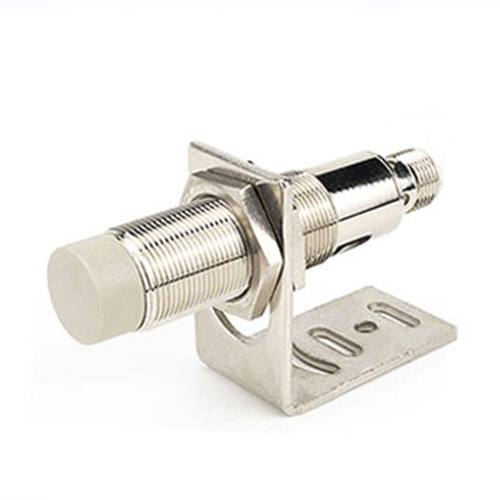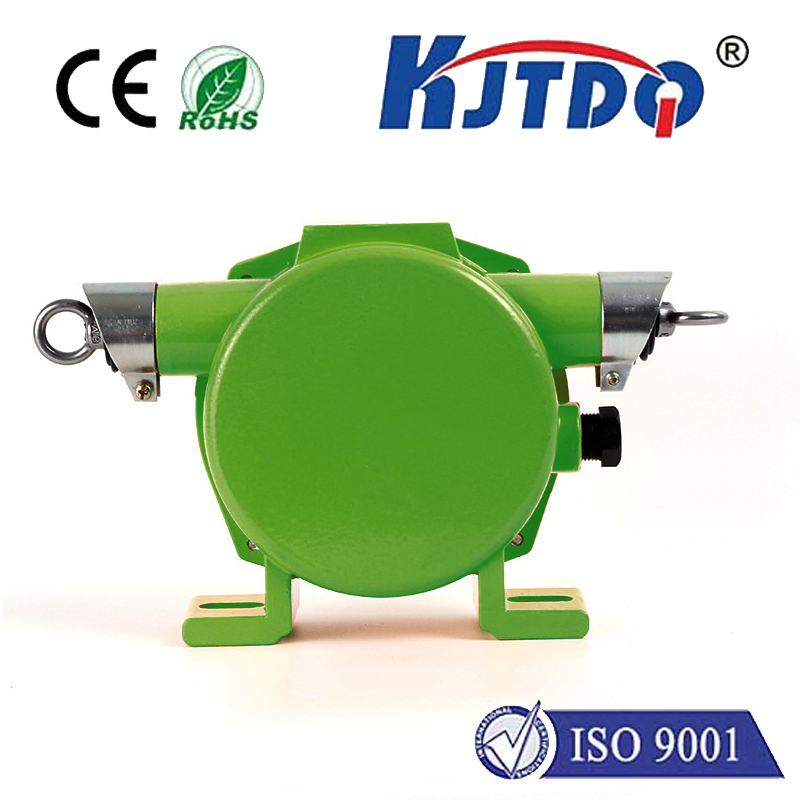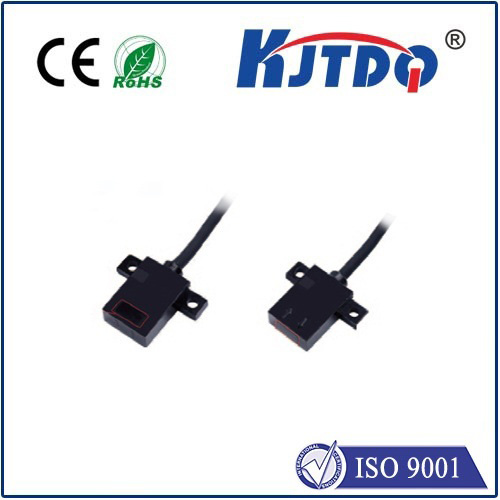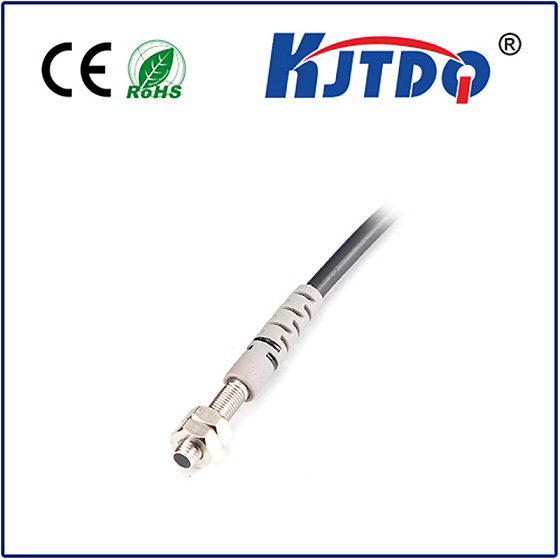

check

check

check

check

check

check

check

check

check

check
Title: The Future of Technology: TOF Laser Range Sensor
Introduction
The world is witnessing rapid advancements in technology, and one such innovation that has been gaining traction is the TOF (Time of Flight) Laser Range Sensor. This cutting-edge sensor is revolutionizing various industries, including automotive, aerospace, and industrial automation, by providing accurate and reliable distance measurements with high precision. In this article, we will delve into the working principle, applications, and future prospects of TOF laser range sensors.
Section 1: Working Principle
TOF laser range sensors work by emitting a pulsed laser light from an optical source, which reflects off an object in its path. The time it takes for the light to travel back to the sensor, known as the Time of Flight (ToF), determines the distance between the sensor and the object. By analyzing this ToF data, the sensor can calculate the precise distance of the object.
This method offers several advantages over traditional distance measurement methods such as photoelectric or ultrasonic sensors. For instance, TOF laser range sensors do not rely on visible light, making them more robust against environmental factors like fog, rain, and dust. Additionally, their high resolution and accuracy make them ideal for tasks that require fine-grained measurements.

Section 2: Applications
TOF laser range sensors have a wide range of applications across various industries. In the automotive industry, they are commonly used for parking assistance systems, adaptive cruise control, and lane departure warning systems. These sensors provide real-time feedback on vehicle distances from other vehicles and objects, ensuring safer and more efficient driving.
In the aerospace industry, TOF laser range sensors play a critical role in navigation systems, landing gear control, and collision avoidance. By measuring distances to obstacles during flight, these sensors help pilots navigate complex airspaces safely and efficiently.
In industrial automation, TOF laser range sensors are employed for quality control, process monitoring, and safety applications. For example, they can measure the distance between robots and objects in manufacturing processes, allowing for better control of robotic movements and minimizing the risk of collisions.
Section 3: Future Prospects
The future of TOF laser range sensors looks promising, with ongoing research and development focusing on improving their performance and expanding their applications. Some of the key areas of growth include:
1. Increased speed and accuracy: As technology advances, TOF laser range sensors are expected to become faster and more precise, making them even more valuable for real-time decision-making applications.
2. Integration with Artificial Intelligence (AI): TOF sensors can be integrated with AI algorithms to enhance their capabilities further. For instance, AI-powered vision systems can leverage TOF data to recognize patterns and make predictions based on real-world scenarios.
3. Enhanced sensing capabilities: Future TOF laser range sensors may incorporate additional sensing modalities such as infrared or ultrasonic to improve their flexibility and applicability in diverse environments.
Conclusion
TOF laser range sensors represent a significant breakthrough in distance measurement technology, offering unparalleled accuracy and reliability. With their wide range of applications across various industries and continuous improvements in performance, these sensors are poised to transform the way we approach various tasks in the future. As technological advancements continue to accelerate, we can expect even more exciting developments in the field of TOF laser range sensors.
